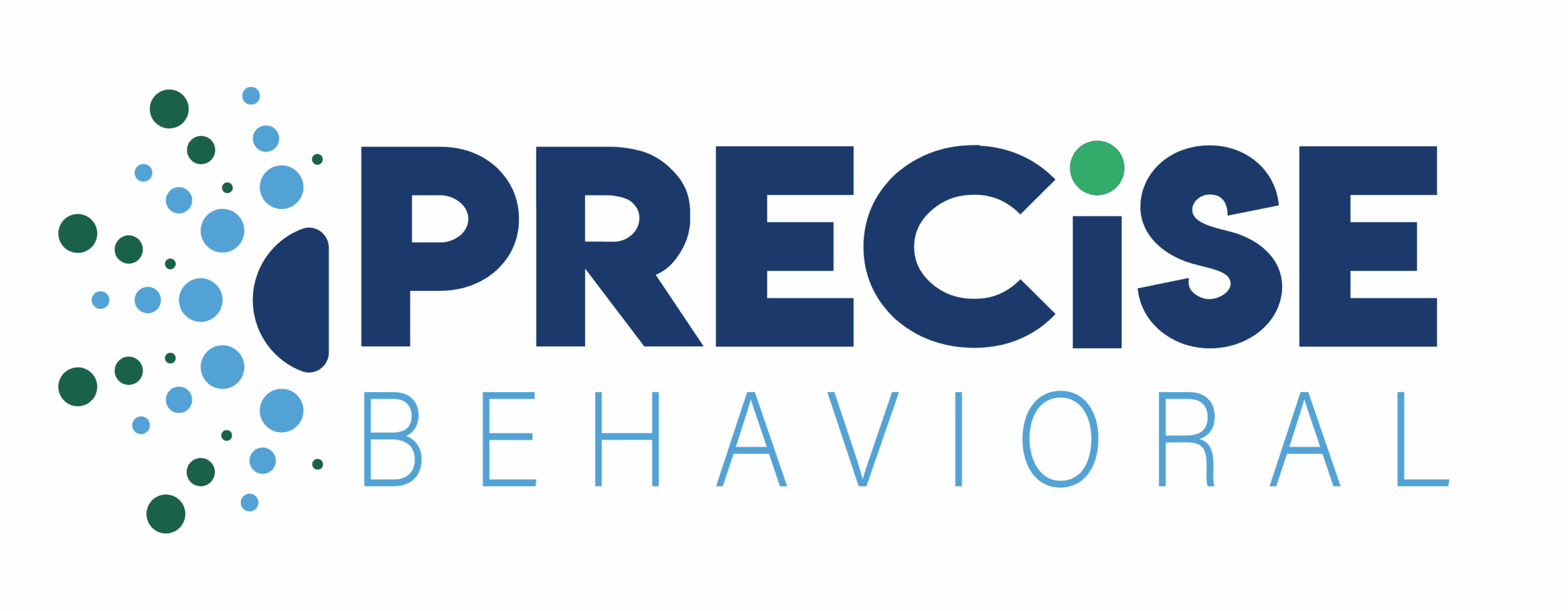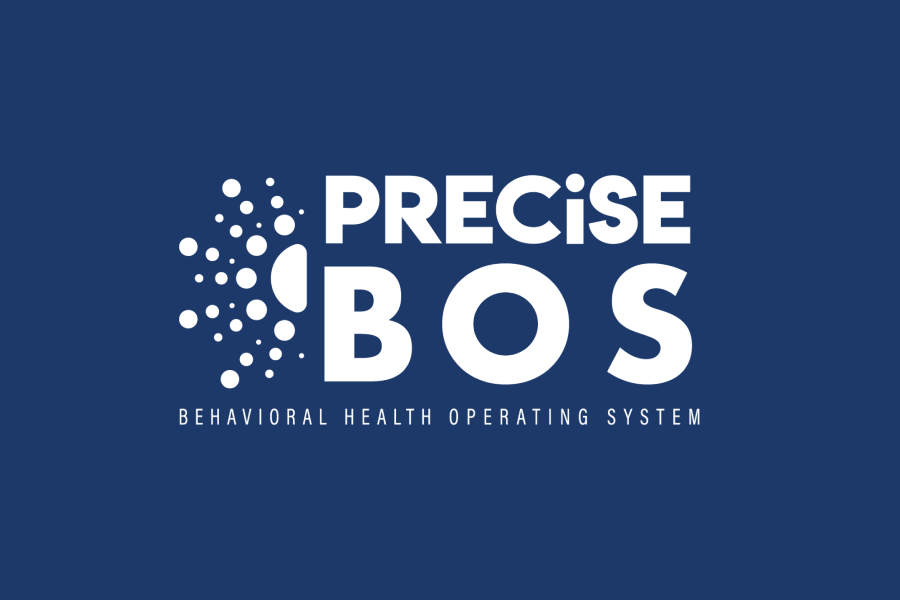More people than ever are facing mental health challenges: many of them silently, and without the support they urgently need. The weight of emotional distress, combined with barriers like long wait times, limited provider availability, and persistent stigma, often leaves individuals to navigate these struggles alone.
At Precise Behavioral, we believe that care shouldn’t begin only at a crisis point. Through remote mental health monitoring, online psychiatric clinical services, and comprehensive online behavioral health solutions, we’re building a future where mental health support is proactive, personalized, and always within reach. This connected approach enables providers to intervene earlier, sustain meaningful engagement, and deliver critical resources exactly when they’re needed, empowering individuals to manage their mental well-being with confidence, not just cope after breaking points.
The Urgent Need for More Accessible Care
Mental illness affects 1 in 5 U.S. adults each year, yet more than half never receive treatment ((NAMI), National Alliance on Mental Illness, 2023). Structural and social barriers, from packed schedules and rural isolation to long appointment wait times, contributes to a system where vulnerable individuals often go weeks or even months without care.
Healthcare teams are stretched thin. Providers must juggle soaring caseloads, staffing shortages, and administrative burdens, often leaving them with no choice but to prioritize only the most severe cases. The result? Not everyone gets the help they need, and too many people fall through the cracks. That’s where remote mental health monitoring makes a difference.
What Is Remote Mental Health Monitoring?
Remote mental health monitoring is an innovative care model that continuously tracks emotional and behavioral health through technology, mobile check-ins, self-guided assessments, and passive data collection. These tools enable clinicians to detect subtle shifts in mood, stress, or engagement patterns that may signal a patient’s need for support, long before symptoms escalate.
When an alert is triggered, care teams can intervene with the right resources: telehealth counseling, psychiatric services, or tailored support tools. It’s care that meets people where they are while being timely, compassionate, and unobtrusive.
Benefits That Go Beyond the Screen
1. Immediate Access to Meaningful Support
With remote monitoring, patients don’t need to endure long waitlists or navigate complicated referral systems. When real-time data shows elevated distress, immediate support can be delivered, whether that’s a self-guided cognitive tool, a telehealth therapy session, or a direct outreach from a clinician.
A 2024 multisite randomized controlled trial published in The Lancet Digital Health found that individuals participating in a technology-enabled collaborative care program had significantly greater improvements in depression and anxiety than those receiving traditional care (Johanna Löchner, et al., 2025). The power of this finding lies in what it confirms: when digital tools are thoughtfully embedded into care teams, they don’t replace quality, they extend it. Technology, when used with care, becomes a bridge, not a barrier to human connection.
2. Reducing the Pressure on Overburdened Providers
Remote monitoring systems automatically flag those who need immediate attention, helping teams triage more accurately and respond faster, without burnout. This eases the administrative load, enabling clinicians to spend more time on what matters: delivering empathetic, high-quality care.
According to the National Council for Mental Wellbeing, 78% of behavioral health organizations report overwhelming demand, and 60% face persistent workforce shortages (National Council for Mental Wellbeing, 2023). Remote monitoring isn’t just a technical upgrade; it’s a strategic necessity. It allows limited staff capacity to be used more effectively, ensuring patients are met with timely, human-centered care instead of delay or detachment.
3. Preventing Crises and Containing Costs
Left unaddressed, mental health conditions can spiral into emergency room visits, inpatient hospitalizations, or prolonged disability, all of which carry emotional and financial tolls. The Commonwealth Fund highlights that the U.S. behavioral health system remains fragmented and reactive, leading to delayed interventions and soaring costs (The Commonwealth Fund, 2022).
A January 2024 APA Monitor report found that 90% of Americans believe we’re in a mental health crisis, yet one in three adults continues to face barriers to getting the care they need. Cost, stigma, and lack of availability remain the top barriers to care. Meanwhile, 60% of psychologists reported no openings for new patients (Heather Stringer, 2024).
Remote monitoring helps close these gaps by detecting warning signs like disrupted sleep, increased isolation, or reduced app engagement. This allows care teams to intervene before conditions escalate, keeping people safe and supported while avoiding higher-cost interventions.
The Precise Behavioral Difference: Personal, Proactive, Proven
At Precise Behavioral, remote monitoring isn’t just a digital tool; it’s a compassionate companion working silently behind the scenes to ensure no one slips through the cracks. Our approach connects telehealth, psychiatric care, and online behavioral health into a seamless, always-on system that meets people where they are: emotionally, digitally, and humanly.
We deliver care not only when someone asks for it, but when they need it, even if they don’t yet have the words to ask.
Every alert is a signal. Every check-in is a lifeline. Every response has the power to change a life.
Reimagining Mental Health Care One Life at a Time
Our mission is simple at Precise Behavioral: make behavioral health support universal, immediate, and deeply human. No matter where you live, how busy life gets, or whether you know how to ask for help, you deserve care that shows up when you need it.
We’re not just rethinking mental health care. We’re reshaping it, one alert, one response, and one life-changing moment at a time.
References:
Johanna Löchner, et al. (2025, June ). Science Direct . Retrieved from Science Direct : https://www.sciencedirect.com/science/article/pii/S2214782925000259
(NAMI), National Alliance on Mental Illness. (2023, April). National Alliance on Mental Illness (NAMI). Retrieved from National Alliance on Mental Illness (NAMI): https://www.nami.org/about-mental-illness/mental-health-by-the-numbers/
National Council for Mental Wellbeing. (2023, February). National Council for Mental Wellbeing. Retrieved from National Council for Mental Wellbeing: https://www.thenationalcouncil.org/news/help-wanted/
The Commonwealth Fund. (2022, September 7). The Commonwealth Fund. Retrieved from The Commonwealth Fund: https://www.commonwealthfund.org/publications/explainer/2022/sep/behavioral-health-care-us-how-it-works-where-it-falls-short
Heather Stringer. (2024, January 1). American Psychological Association . Retrieved from American Psychological Association : https://www.apa.org/monitor/2024/01/trends-pathways-access-mental-health-care
Written by Gabriella Aaron
About the Author
Gabriella Aaron is a Clinical Research Analyst at Precise Behavioral, Inc., with a background in Medical Microbiology and a passion for digital mental health solutions.
Editorial Contributors
This piece was edited by Greta Baker and Kirsten Guiliano.



